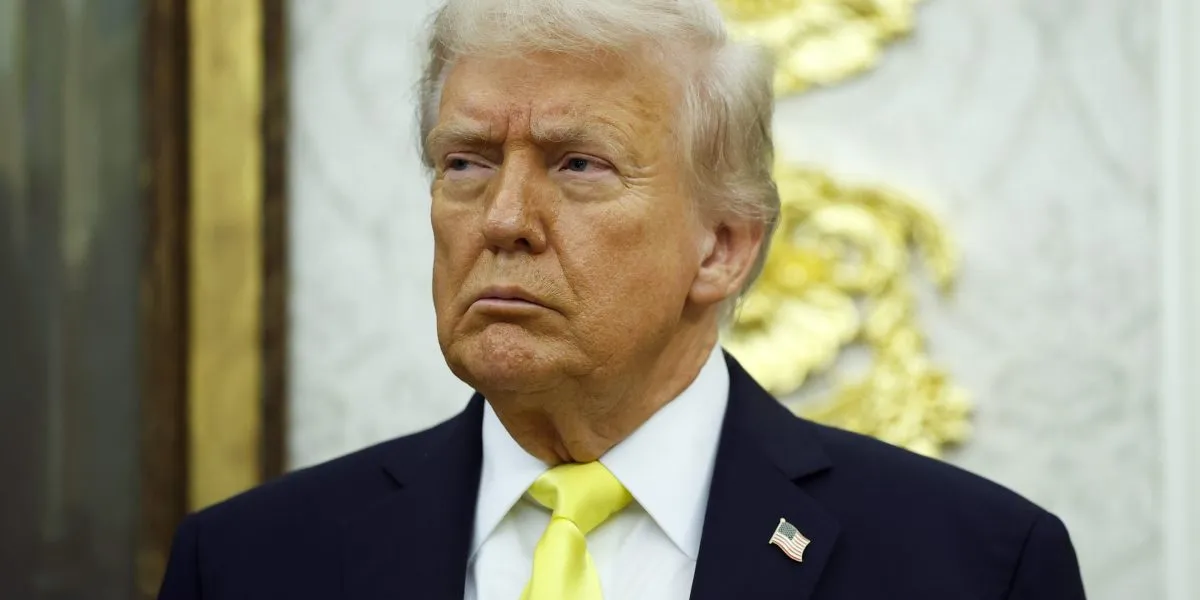
Recent findings from an S&P report indicate that companies are set to incur at least $1.2 trillion more in losses this year than previously anticipated. This significant shift in financial outlook has been influenced by changes in trade and tariffs, alongside other factors such as rising wages, fluctuating energy prices, and increased capital expenditures, particularly in AI infrastructure. The report, published on Thursday, revises earlier forecasts made on January 1, now estimating total company expenses for the year to reach a staggering $53 trillion.
The comprehensive analysis in the report draws insights from over 15,000 analysts monitoring approximately 9,000 public companies. Collectively, these companies represent around $111 trillion of the $130 trillion global equity market, accounting for about 85% of the market share. The report highlights a sharp contraction in global corporate margin expectations, estimating a decline of approximately 0.64%, translating to $907 billion in lost profits across the firms covered by sell-side analysts.
The report identifies a notable “wedge” in the financial landscape, characterized by an increase of $600 billion in revenue forecasts juxtaposed against a $300 billion drop in earnings estimates. Major retailers like Walmart, Amazon, and Costco are among the firms affected. Of the total estimated $907 billion loss, around two-thirds, or $592 billion, is being transferred to consumers through higher prices. Meanwhile, approximately one-third, amounting to $315 billion, is being absorbed internally by companies as they experience lower earnings.
Despite these losses, there is a noted decline in “real output,” suggesting that fewer goods are being produced overall. The analysis also extends to “uncovered public firms,” predicting an additional forecasted expense of about $155 billion, along with $123 billion$1.2 trillion for the year 2025.
The effects of tariffs on the economy remain a contentious issue. Fed Governor Christopher Waller, appointed by former President Trump, stated that the impact of tariffs on inflation has been modest, predominantly affecting higher-income households. He pointed out that the top 10% of earners account for 22% of personal consumption, suggesting that spending data shows little inflationary effect on lower-income demographics.
Conversely, analysts from TS Lombard argue that the economic consequences of tariffs are disproportionately affecting lower- and middle-income households. Dario Perkins from TS Lombard emphasized that while the wealthy remain insulated and continue their discretionary spending, lower-income families are facing significant hardship. He described the scenario as “the rich are having a party, and the poor are having a recession.”
Experts assert that tariffs typically function as a regressive tax, placing a heavier burden on lower-income consumers, who spend a larger portion of their income on goods that are now subject to tariffs. Mohammad Elahee, a professor of international business, noted that luxury goods often maintain their price premium across markets regardless of tariffs, allowing wealthier consumers to absorb increased costs without altering their buying habits.
Christopher Hodge, an economist at Natixis CIB Americas, added that lower-income households face a greater percentage of their income taken by tariffs because they tend to spend a larger share of their paychecks on goods—many of which are currently tariffed. Goods sensitive to tariffs, such as furniture, apparel, electronics, and household appliances, are primarily consumed by younger families and middle-income households.
The White House maintains that the strain on American consumers will be temporary. A spokesperson, Kush Desai, stated that while Americans may initially feel the effects of tariffs, the longer-term benefits will outweigh the costs, which they believe will ultimately be borne by foreign exporters. Companies are already adapting by diversifying their supply chains, including increasing domestic production.
In summary, the S&P report suggests that the potential loss in corporate profits may exceed its already conservative estimate. It cautions that the $1.2 trillion figure should be viewed as a minimum, as firms without analyst coverage tend to be smaller and less diversified, further complicating the economic landscape.